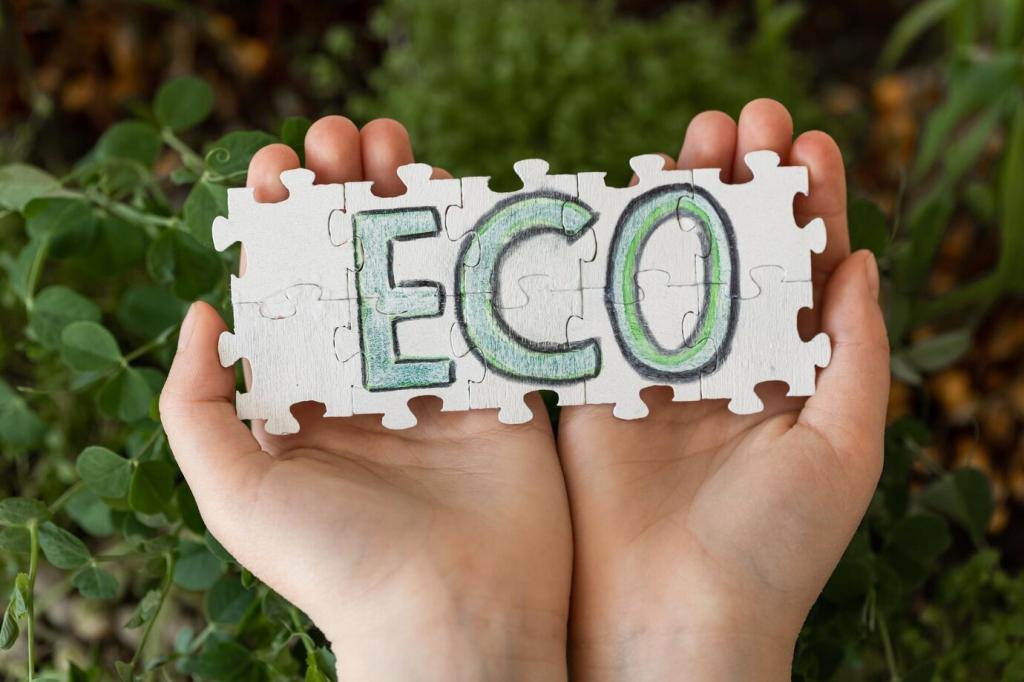
Maintaining Your Furniture in a Green Home
Embracing a green lifestyle extends beyond energy efficiency or sustainable materials—it means caring for your furniture in ways that prioritize both its longevity and the environment. In a green home, each step you take to maintain your furniture can reduce waste, prevent harmful chemicals from entering your living spaces, and support an eco-conscious way of life. Whether your furniture is new or has been in the family for generations, a sustainable maintenance routine can help preserve its beauty and function while respecting the earth.
Choosing Eco-Friendly Cleaning Methods
Decoding Green Cleaning Labels
When navigating the cleaning aisle, you’ll see a variety of labels claiming to be natural or eco-friendly. Understanding what these terms mean is crucial for truly sustainable furniture care. Look for third-party certifications and ingredient transparency that affirm a product’s green status. Avoiding greenwashing ensures that the cleaning agents you choose don’t inadvertently introduce toxins into your green home or contribute to wider environmental degradation.


Tackling Common Wear and Tear
Everyday use can result in surface scratches, loose joints, and general wear, but these problems don’t have to spell the end for your furniture. Learning simple fixes such as gluing wooden joints, tightening screws, or using wood filler can breathe new life into cherished items. Basic sewing skills allow you to patch or reinforce fabric, keeping upholstery looking fresher for longer while avoiding unnecessary waste.

Eco-Friendly Repair Materials
Selecting the right materials for repairs is just as important as the repair itself. Whenever possible, seek out non-toxic glues, water-based stains, and recycled or upcycled fabrics for upholstery fixes. These choices support the principles of sustainability and ensure that your maintenance habits contribute positively to your indoor air quality and overall ecological footprint.
Managing Moisture and Humidity
Wood and fabric are particularly sensitive to changes in humidity, which can cause warping, mold, or deterioration. Using humidity controllers or keeping furniture away from damp walls can help mitigate these risks. Eco-friendly dehumidifiers or absorption products made from natural minerals are available and minimize environmental impact while protecting your investment.
Natural Sunlight Solutions
While natural light is a hallmark of a green home, excessive sunlight can fade fabrics and dry out wood. Simple strategies such as rotating furniture, using undyed organic cotton curtains, or applying non-toxic finishes can help limit damage. These measures are beneficial not only for the longevity of your pieces but also for reducing the need for chemical-heavy restoration products in the future.
Temperature Control for Longevity
Fluctuating temperatures can stress materials like wood, causing cracking or splitting over time. Keeping your home at a stable, moderate temperature through passive design, rather than energy-intensive climate control, preserves furniture well-being while also conserving energy. Careful placement away from heating vents and fireplaces is another eco-friendly way to safeguard your pieces for years to come.
